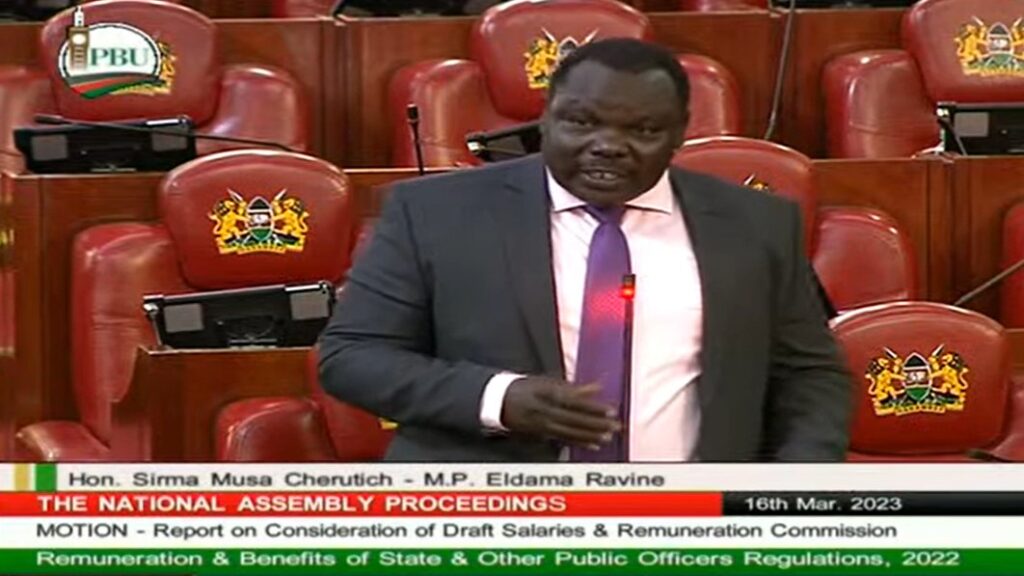
CDF Committee resists proposals to collapse fund » Capital News
NAIROBI, Kenya, Aug 23 — The National Government Constituencies Development Fund (NG-CDF) Committee has launched a spirited camapign opposing a proposed consolidation of all public-funded bursary scheme into one to enhance education financing.
Members of the committee launched a coordinated response on Thursday amid sustained debate on overlapping functions among public entities financing education.
The debate gained prominence after a National Assembly caucus considered the amalgamation of bursary funds to address concerns over the newly-introduced university funding model.
Committee Chairperson Musa Sirma (MP, Eldama Ravine) highlighted the Fund’s impact while urging members of the public to suport its rentention.
He pointed out that NG-CDF has been instrumental in supporting poor households by covering school fees and upgrading essential learning infrastructure across the country.
“All of us are assembled here to benefit from this crucial kitty, and you can clearly see what the fund is doing in upgrading our learning infrastructure,” Sirma, who attended an NG-CDF bursary distribution event in Dagoretti-North Constituency on Thursday, stated.
He termed proposals to abolish NG-CDF as ill-intended
Echoing his sentiments, Dagoretti-North lawmaker Beatrice Elachi urged parents to play their part by ensuring timely payment of fee balances.
She emphasized that the NG-CDF bursaries alone are not sufficient to keep learners in school.
Their remarks come on the back of Chief Justice Martha Koome’s proposal for free higher education to resolve bursary overlaps and unjust classification of students under the new funding scheme.
Free education for all
Koome proposed the consolidation of all bursary funds at the national and sub-national level to mobilize required resources for free tertiary education.
She noted that the proposed funding model which places students in different funding categories based on a socio-economic assessment of a family risked disenfranchising students.
“A child who has qualified for the University, can be there crying saying, I have been put in Band V when I ought to be in Band I therefore I cannot afford to go to the university,” she observed.
“When you follow you [could] find the family of a well-to-do person has [been] put in Band I,” the CJ noted.
Koome proposed instead the consolidation of bursaries administered by Governors, Members of Parliament, and Members of County Assembly to enhance funding for tertiary institutions.
Earlier, lawmakers proposed an amalgamation and consolidation of all funds and bursaries supporting needy students to arrest an apparent funding crisis in higher learning institutions.
The proposed reforms seek to consolidate the Higher Education and Loans Board (HELB) and all funds including scholarships and bursaries issued by Governors and legislators, both national and sub-national.
The funding model places students in five bands using eight variables, including parents’ background, gender, course type, marginalization, disability, family size, and composition.
The model combines the variables to determine household needs and appropriate funding. However, parents and learners have decried miscategorization with a majority placed in Band IV and Band V.
